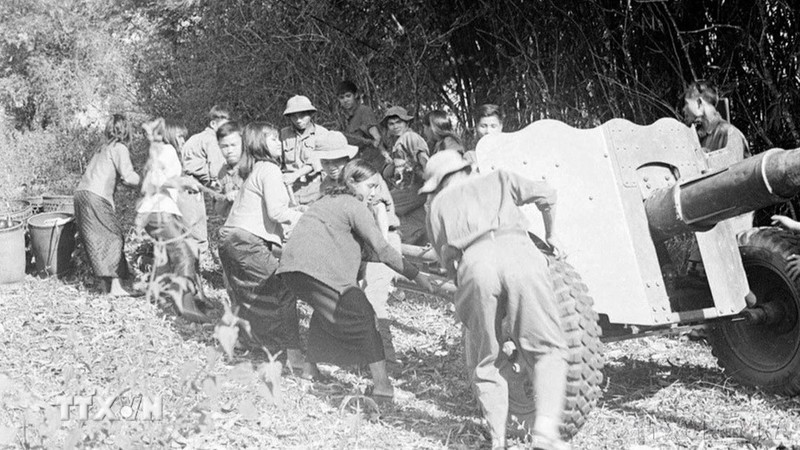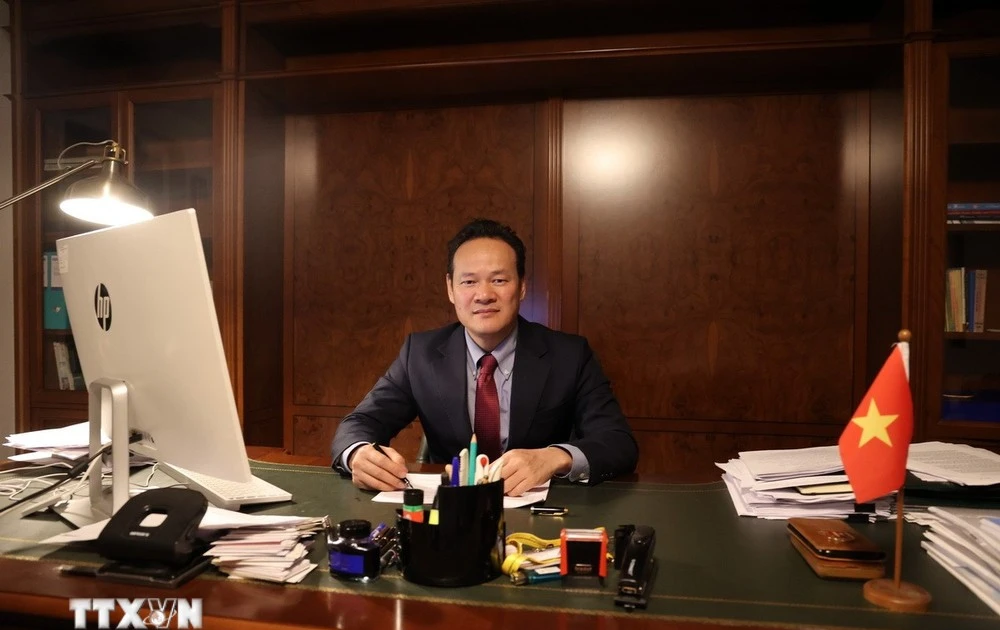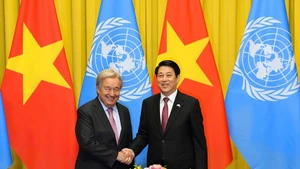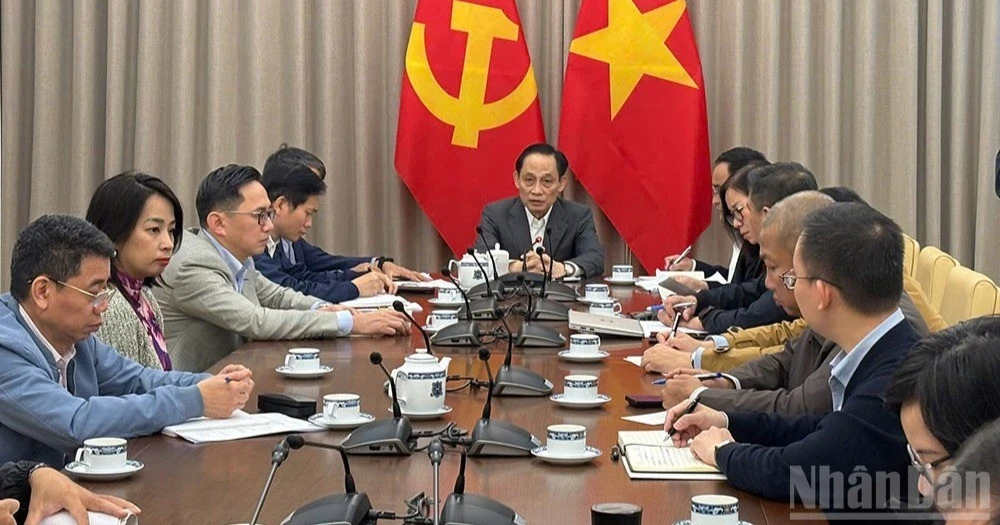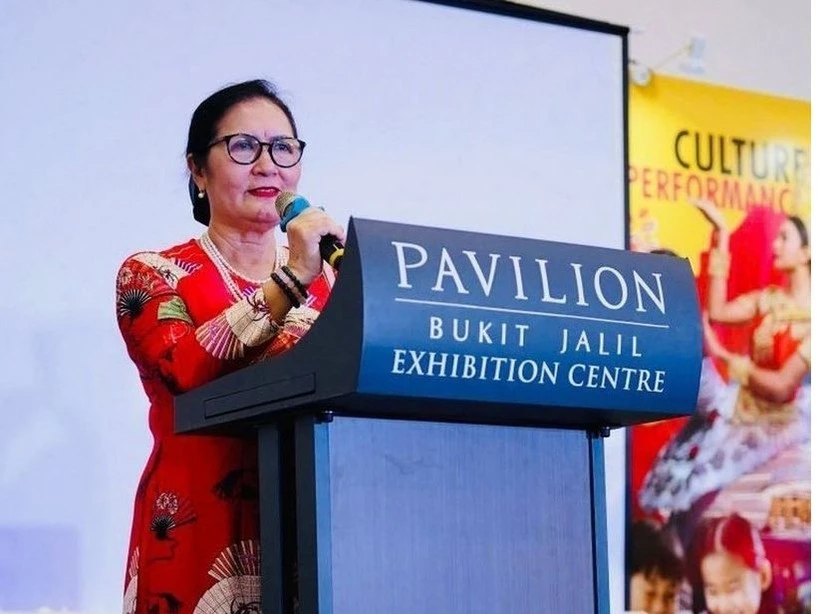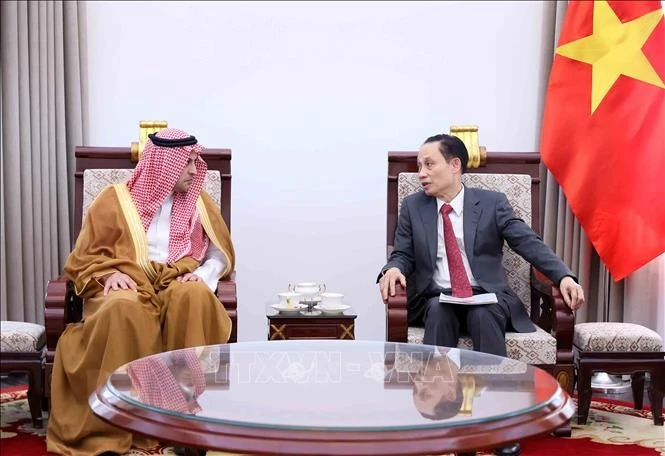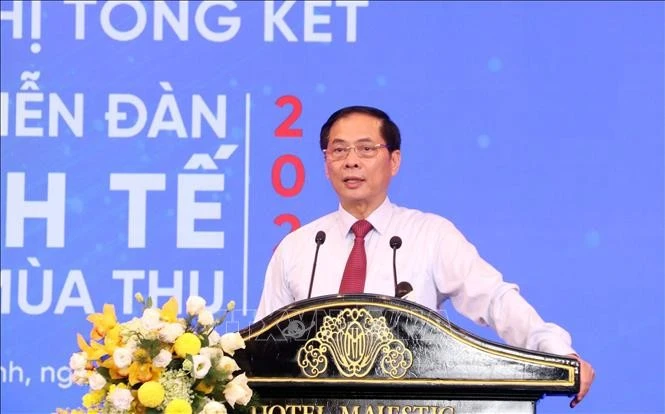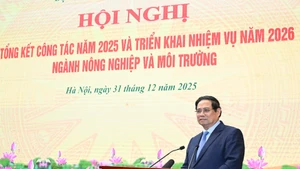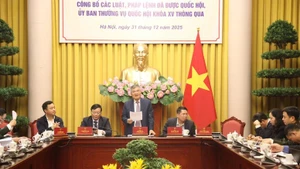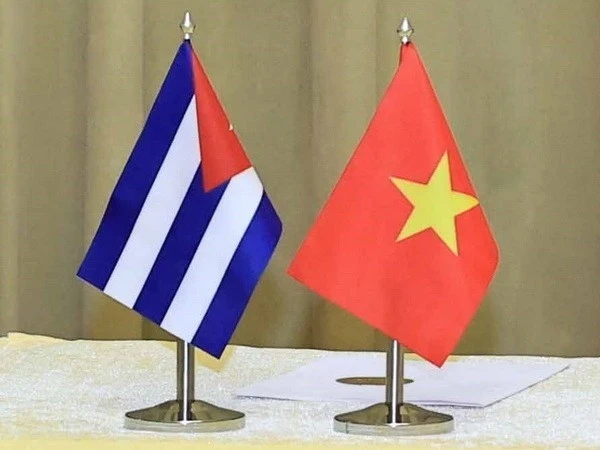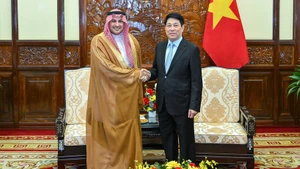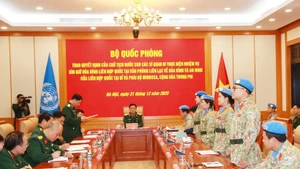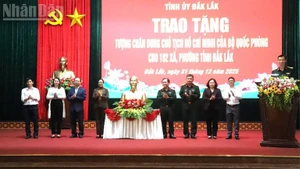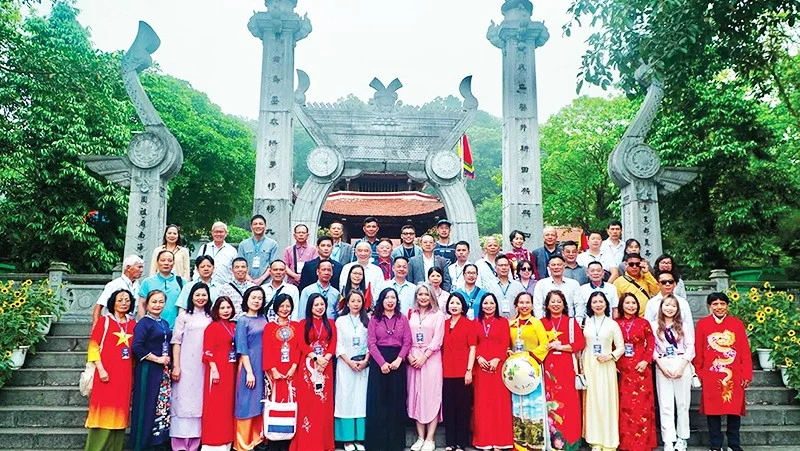From December 18, 1974, to January 8, 1975, the expanded Politburo met to discuss and refine the strategic determination to completely liberate the South: “We are facing a major strategic opportunity. Never before have we had such complete military and political conditions as at present, with such a tremendous strategic opportunity to complete the people’s national democratic revolution in the South, moving towards peaceful reunification of the motherland... Besides the basic strategic plan for 1975-1976, we need to prepare another plan, an extremely important direction of action: If the opportunity arises in early or late 1975, we shall immediately liberate the South in 1975.”
On January 9, 1975, the Standing Board of the Central Military Commission met to discuss the implementation of the strategic offensive plan for 1975 as set by the Politburo.
In the spring of 1975, under the leadership of the Party, the entire country joined the battle with unprecedented large forces and heroic spirit, heading towards the historic strategic decisive battle to completely liberate the South and end the resistance war against the US.
After 55 days of lightning-fast advance and uprising, our forces achieved the final victory on April 30, 1975, liberating the South and reunifying the country. Nhan Dan Newspaper would like to present to our readers the daily developments on the battlefield, from the opening of the Central Highlands Campaign until the complete liberation of the South.
After a period of preparation, the Central Highlands Campaign began on March 4, 1975.
In the Gia Lai direction, Regiment 95A attacked and destroyed a series of enemy positions along Route 19, including the Adun artillery base held by a security battalion, taking control of a 20km stretch from Pley Pon to Phu Yen Hamlet (west of An Khe), cutting Route 19 east of Pleiku. A part of the 320th Division cut Route 14 north of Cam Ga.
On the same day, the 4th Battalion and the 9th Company (of the 7th Engineering Regiment) urgently prepared ferry berths 3A and 3B. Simultaneously, an engineering unit of the 316th Division opened Route 20C, preparing for our forces to advance on Buon Ma Thuot.
At the same time, the 3rd Division of the 5th Military Region cut Route 19 at the Thuong Giang-Binh Khe section, destroying positions at Cay Rui, Chop Non, Hon Kieng, Cot Co, Truong Oi, Che Che, Doi Da, Mai Xuan Thuong's tomb, and hills 309 and 334.
Route 19, the vital road connecting Quy Nhon Port to the ARVN’s II Corps headquarters, was cut off, seriously threatening Pleiku Town. The 92nd and 93rd Regiments of Binh Dinh Province and armed forces from the districts destroyed and forced the withdrawal of 48 outposts, surrounding the military subregions and district headquarters of Tam Quan, Bong Son, and Phu My.
At 8 on March 4, the Standing Board of the Party Committee for the Central Highlands Campaign met and resolved to attack the enemy before they could reinforce their defences.
